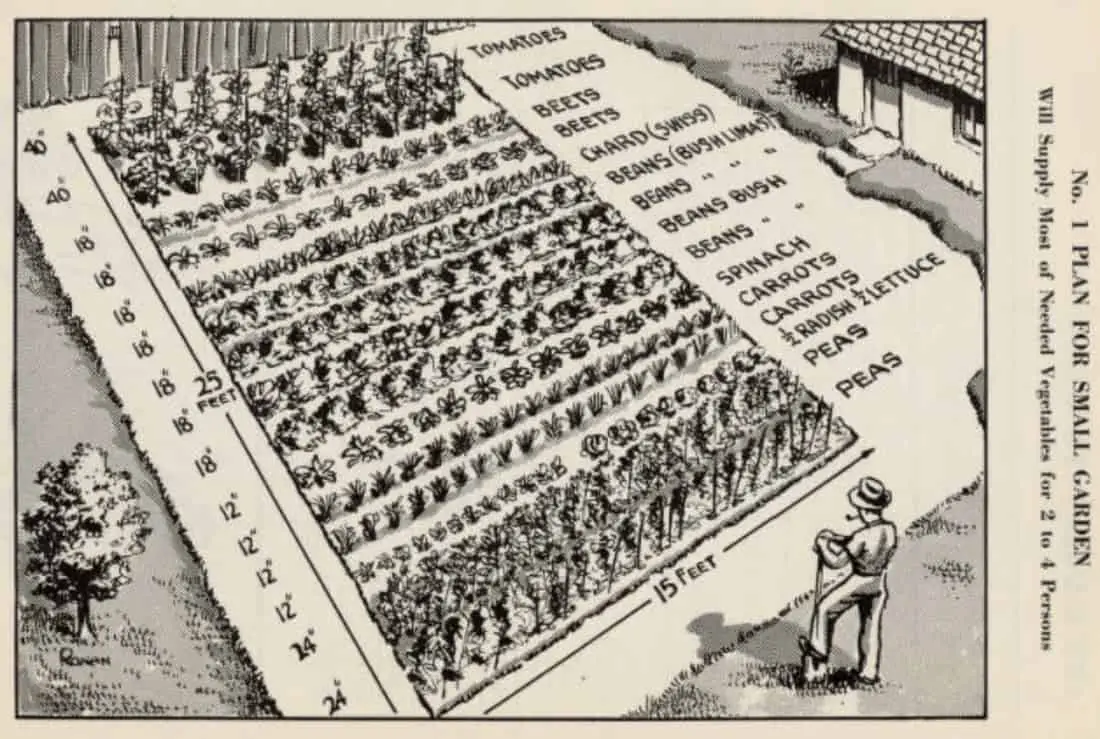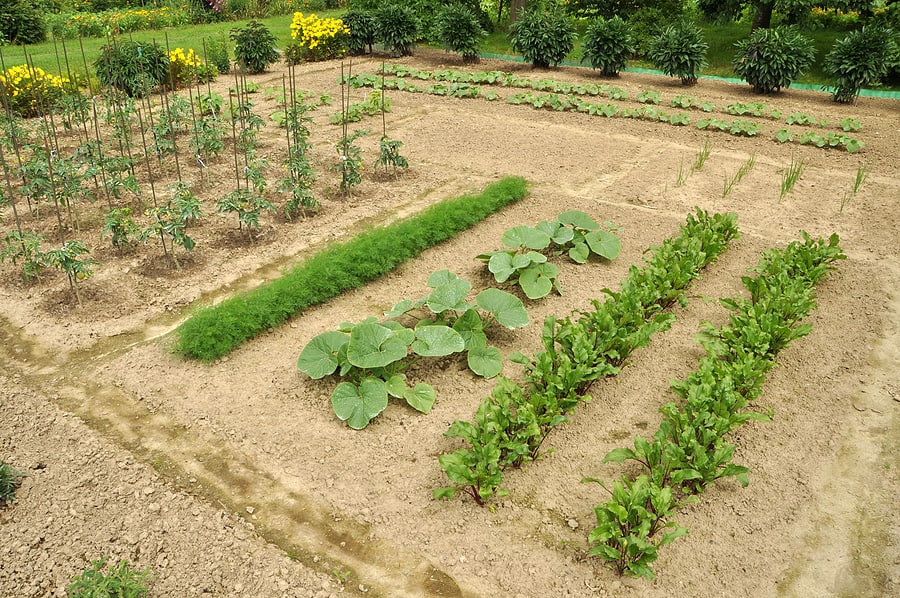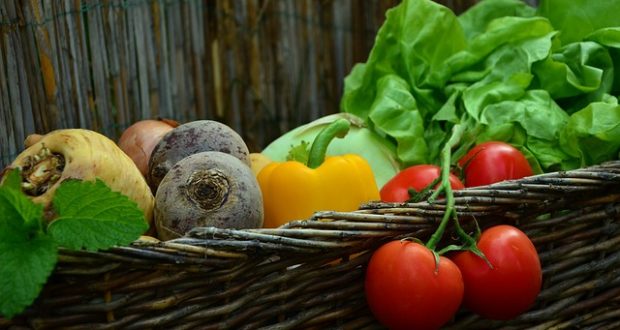I just came across this and figured I share it.... 





No potatoes? Bush beans but no dry beans? It looks like a mostly "fresh eating" garden to supplement staples from the grocery. Which isn't a bad thing! But that's a lot of lettuce!
Summerthyme
...
The thing about IL weather is that you may get one crop of quickly maturing potatoes if that (this is at a guess, but from what I know about the weather in that state; it can get quite hot in the summer). I'd still give it a try, though you'd have to have a good root cellar or other way of preserving the potatoes (in that climate with no a/c).

I like that idea. I live in Central Texas where it can pop in an 80 degree day in January, just because. It is also fairly humid here. Do you think this would work in my area?I'm from the Ill-State and if you have a basement you can store potatoes in it or you can build a root cellar out of a lot of things...
Turn a Dead Chest Freezer Into a Miniature Root Cellar

Turn a Dead Chest Freezer Into a Miniature Root Cellar
If you're a gardener you know that storing your home-grown veggies and fruits is the step that lets you enjoy your produce even in Winter. Freezing islifehacker.com
When I did the big garden, I usually planted Irish Cobbler a 70 day potato twice per year. The first planting went in around May 20 (depending on actual last frost date) and the were ready in early August. The second planting (different area of garden) went in the ground in early July and finished up in early- mid September.
Not sure. I've always heard it was tuff to have a root cellar in Texas and in the south generally.I like that idea. I live in Central Texas where it can pop in an 80 degree day in January, just because. It is also fairly humid here. Do you think this would work in my area?

Also have to remember that the rural folks had already been growing large gardens way before wwII.Its not a survival garden. It is for fresh eating. Remember that at its best the Victory Garden program only provided 40% of Americans fresh vegetable consumption. In one of my grandfathers letters home he noted the gardens in Scotland and England and stated that they take their gardens more seriously over there.
I'd totally be interested. I'm harvesting seeds from several things grown here this year - though I doubt I'll get to collect my broccoli seeds. Radish and mustard seeds are very labor intensive - but radish is great for sprouts mid-winter! I even got a few potato berries this year for the first time; saving them to see what I can do next year.Anyone interested in joining a seed swap? I've hosted one for over a decade that mostly concentrates on tomatoes. But, there will be peppers, beans (for you survivalists), summer and winter squash, and several other things.
I have a bean collection of somewhere around 200 varieties (tomatoes over a thousand), and the bean collection is almost at the point of getting old.



 www.familyfoodgarden.com
www.familyfoodgarden.com

 www.wellfedhomestead.com
www.wellfedhomestead.com

 derbauernhofsite.wordpress.com
derbauernhofsite.wordpress.com


Anyone interested in joining a seed swap? I've hosted one for over a decade that mostly concentrates on tomatoes. But, there will be peppers, beans (for you survivalists), summer and winter squash, and several other things.
I have a bean collection of somewhere around 200 varieties (tomatoes over a thousand), and the bean collection is almost at the point of getting old.
Very few people have a large enough area to follow the about.
How does one feed 18 layer chickens that alone 25-40 broiler meat birds as well?.
Good advice for the good times but not for what is ahead. Good for the last World War but people are different now.
True regarding lack of space. When I had a double lot in the city, and a 6 car garage eating into that space, I had plans to take the forage gardens to the roof of the buildings in order to help meet the shortfall. DH put his foot down at preinstalling the systems, but we had the supplies n schematics on hand. (Not for 50 birds) Many also have indoor fodder growing systems to creatively meet the challenge, along with plans to remote chicken tractor, remote guerrilla gardening, synergistic rabbit dropping/grub growing systems etc.Very few people have a large enough area to follow the about.
How does one feed 18 layer chickens that alone 25-40 broiler meat birds as well?.
Good advice for the good times but not for what is ahead. Good for the last World War but people are different now.
